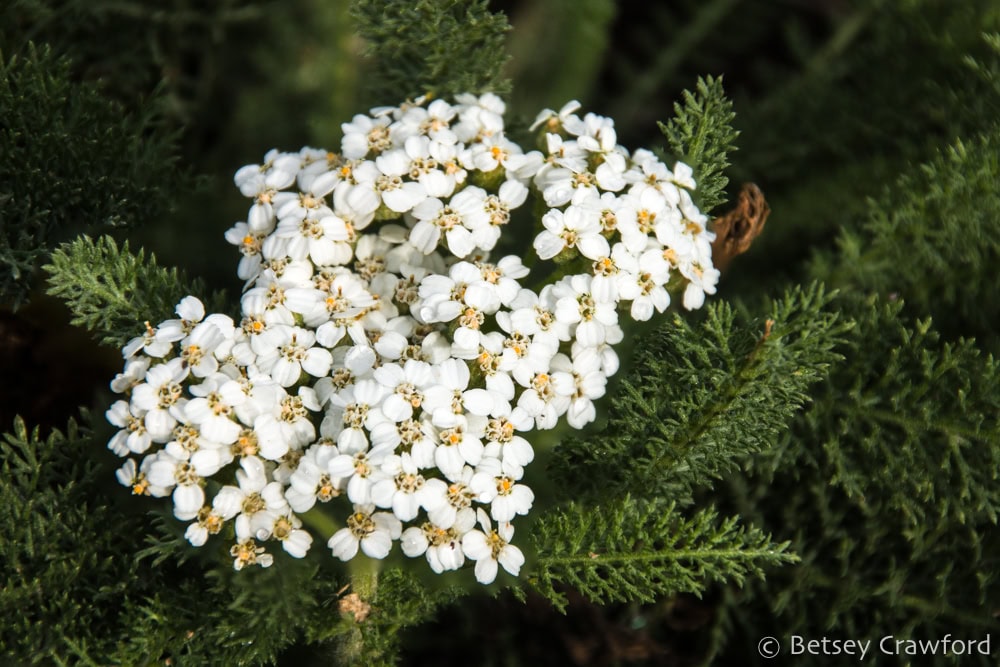
During my time in Alaska, while I was enjoying the ubiquitous glories of the vast stands of fireweed, I noticed something unusual. Almost always, among the blazing fireweed were a few stems of yarrow. A white, sometimes pale pink flower, shaped like a flattened umbrella, with stalks of feathery leaves.
Except for some pink ones, whose twilit luminosity attracted me, I almost never took pictures of it. After weeks of this, I got intrigued. Not so much by the yarrow, but by my lack of interest in it. I take pictures of every flower I come across. Why not yarrow?
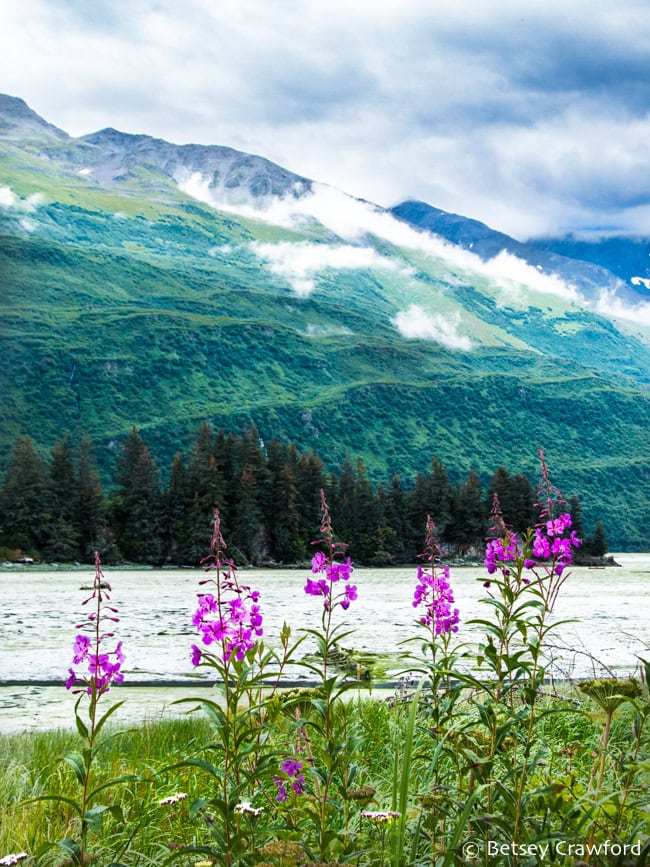
We pay a lot of attention to the more beautiful, fiery goddesses. It’s easy to see fireweed — lush, fertile, gorgeous — as the queen of her surroundings. Aphrodite cloaked in magenta.
Yarrow is almost invisible with such a companion. Even without fireweed around, yarrow is an unassuming plant. Pretty, but not showy, and not photogenic. Flattish circles of tiny individual flowers are hard for the camera to do justice to. Yarrow, with its lack of contrasting color and texture, is challenging.
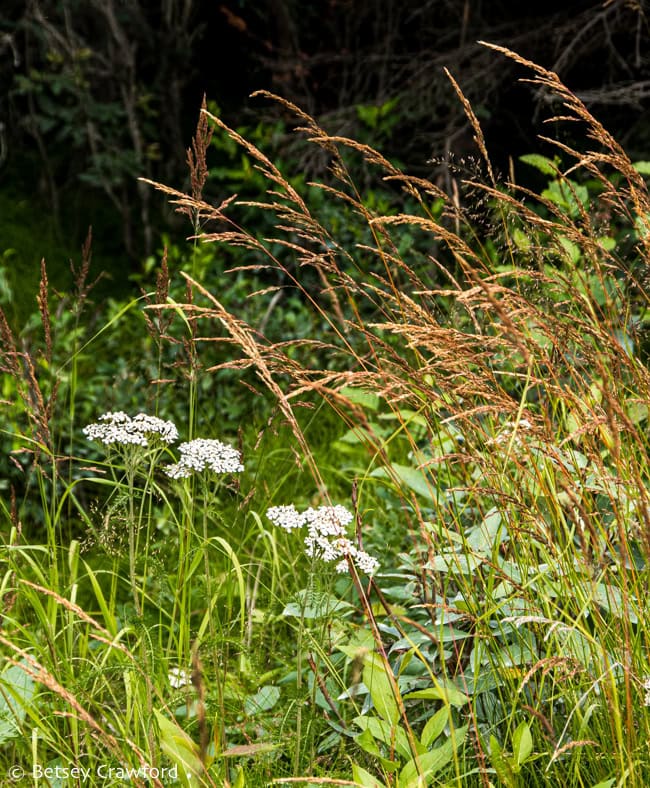
Having ignored yarrow for most of my trip north, it then kept tugging at me once I got back to California. Its official name is Achillea. Why, I wondered, did Carl Linnaeus name quiet yarrow after an ancient Greek hero? One known as much for rage as courage?
The Iliad never mentions yarrow. But legend has it that Achilles used it to staunch the blood of his wounded enemy, then ally, Telephus. That was enough for Linnaeus. Yarrow leaves have traditionally been applied to the skin to stop bleeding. So it’s a plant he could have used.
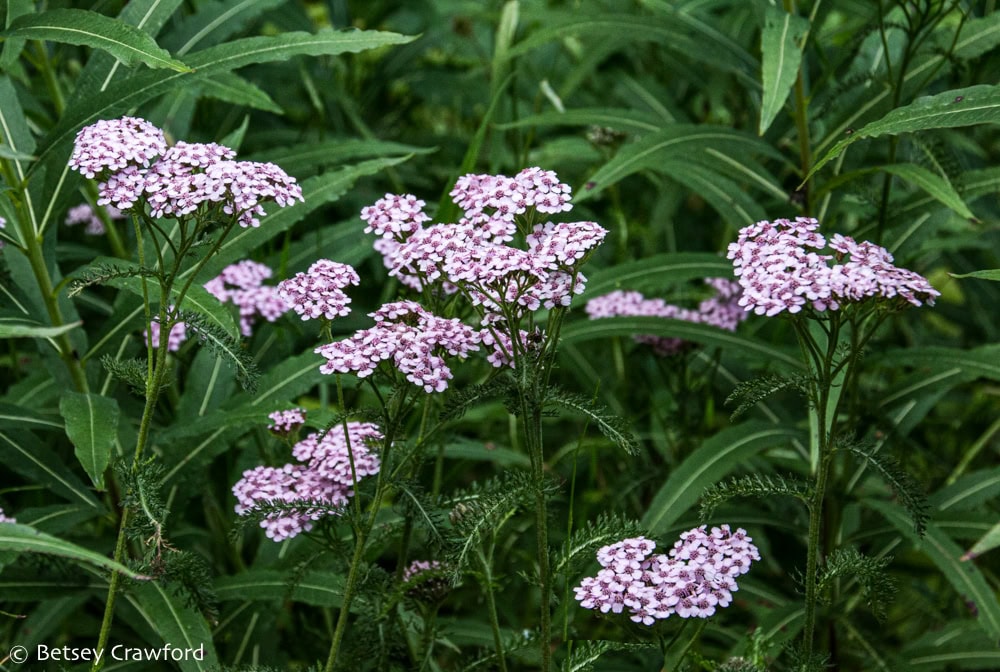
It must have been popular for many millennia before the twelfth-century BCE Trojan War. Neanderthal teeth, 50,000 years old, have been found with yarrow grains in their tartar. It has known medicinal properties but no significant nutritional value. Thus, researchers concluded the Neanderthals were up on their available medications.
Native Americans had many uses for yarrow, including steeping the leaves for a tea to lower fever, help with sleep, and settle the stomach. Its ability to heighten the effects of alcohol prompted the Vikings to use it in beer brewed to be drunk at weddings. Which gives one a hair-raising slant on Viking nuptials.
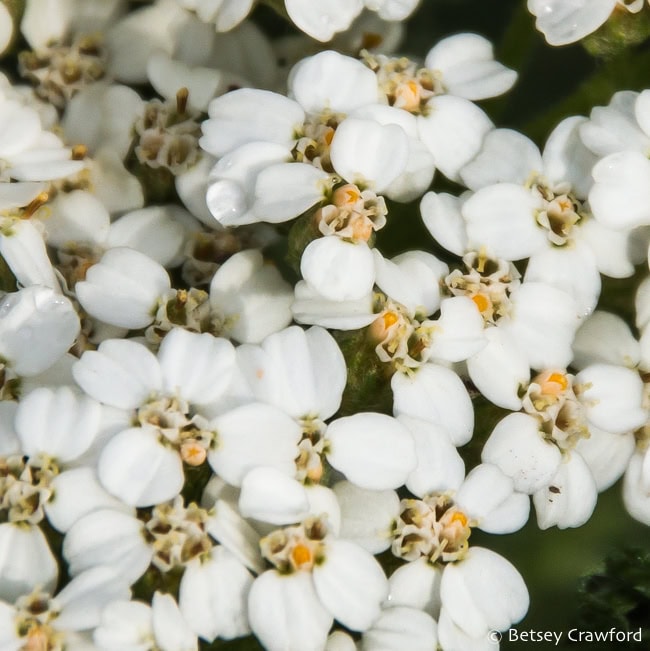
The whole northern hemisphere could have benefited from the use of yarrow, and most likely did. It is native virtually everywhere north of the equator and is a pharmacopeia in itself. Its usefulness would have helped its spread, as travelers carried it with them.
A member of the vast, happy Asteraceae family, the flowers are formed by its family’s signature two structures. A disk floret in the center holds a cluster of flowers. These are surrounded by ray florets, looking like petals, but each is a flower.
The quarter-inch yarrow flowers cluster with many others to form a head. These branch out from a stiffly erect, rather brittle stalk covered with delicate, finely cut leaves.
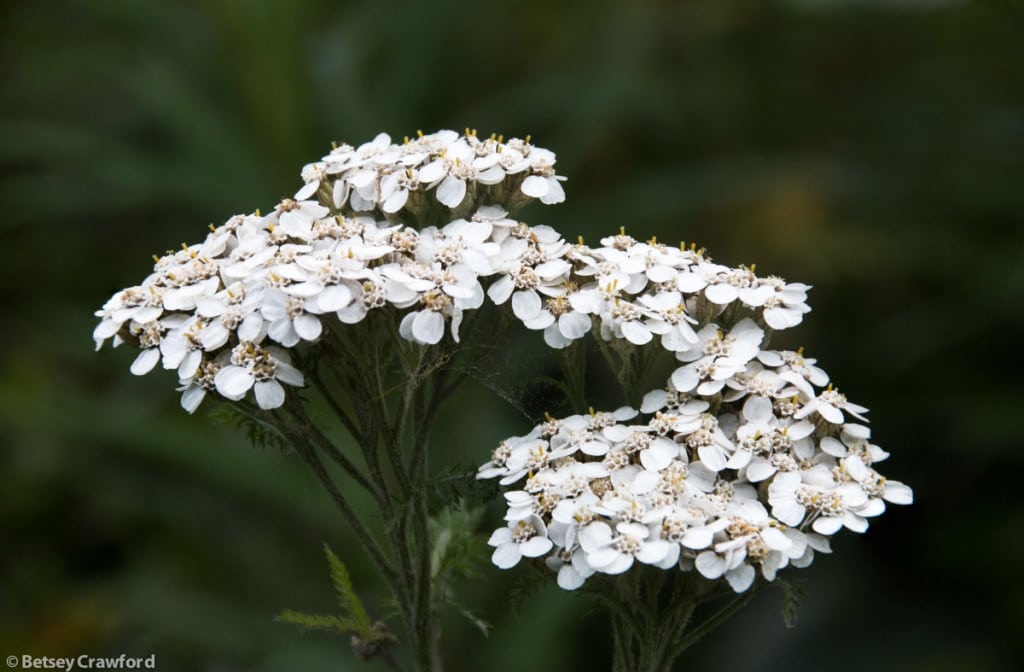
All achilleas share these traits, but there are genetic variations. These have allowed them to adapt to higher and lower altitudes, drier and wetter climates, differences in light and nutrients.
Yarrow’s adaptability is helped by its intriguing genetic promiscuity. Animal offspring get a pair of chromosomes, one from each parent. But plants can have multiple copies of their chromosomes, a state called polyploidy. Those with four copies are tetraploids, six are hexaploids, eight are octoploids.
Animals would not mate across such variation. Plants, and especially yarrow, do, complicating the effort to sort them into species. Experts have, at different times, classified Achillea millefolium as 40 different species. Then later changed their collective minds and lumped all variations into one, retreating into the umbrella term “species complex.”
So most likely all the yarrow I’ve seen in my life, including the cultivars for gardens, are versions of Achillea millefolium. The second name references its “thousand leaves”. Acchilea millefolium borealis means it’s the northernmost species.
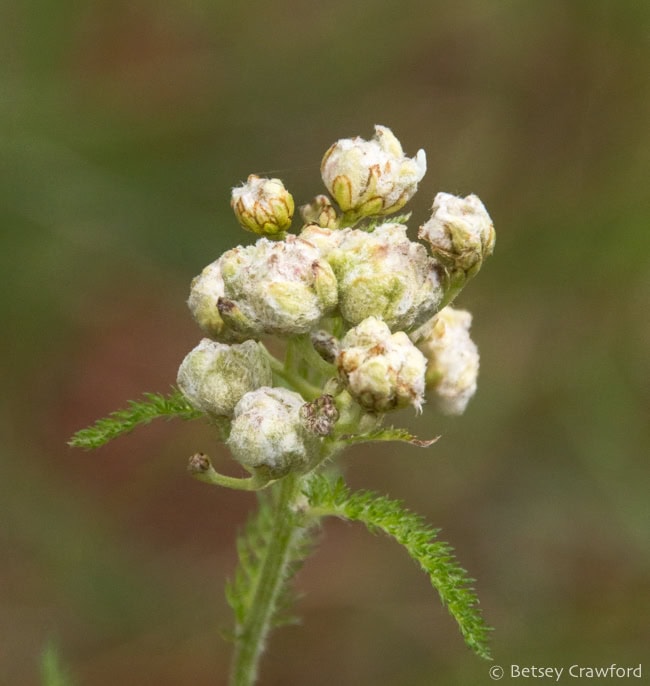
My growing interest in a plant I spent the summer overlooking reminds me of a moving interview with actor Dustin Hoffman. Before committing to his female role as Dorothy Michaels in “Tootsie”, he wanted to know if he could pass as a woman. He went to the make-up people at Columbia Pictures to see if that was possible.
Once they had done their magic, he said, “Great, now make me beautiful.” He was dumbfounded when they said that was the best they could do. He went home in tears at his own blindness and was in tears recounting the story.
He said he thought of himself, in that guise, as an interesting woman. But then he pictured himself meeting her at a party. He realized sadly that he would have ignored her in preference for someone more conventionally showy. The fireweed in the crowd.
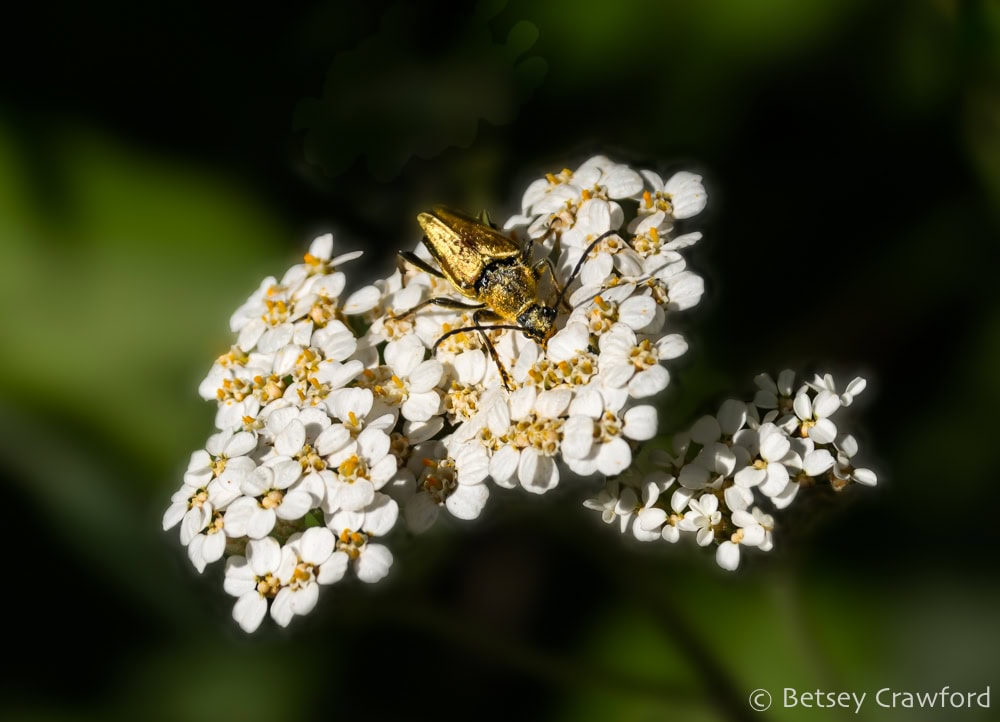
Yarrow is that interesting woman. A determined and talented plant, adaptable to every circumstance except standing water or extreme desert. Her leaves are full of minerals for browsers. My ancestors relied on her to lower fevers, relieve stomach cramps, and kill bacteria in their cuts.
Knowing all this doesn’t make yarrow stand out from showy neighbors. But it changes the way I see it. My experience of it is richer, layered. Connecting me to its energies in a way that relying on its surface charms had not.
It brings me into the long history we humans have shared with it. Then, further back into the hundreds of millions of years it bloomed on this planet. Long before beings like me were here to be aware of it. Eons of blowing in the wind. Soaking up rain. Creating a banquet of food and medicine from the sunlight falling on its leaves and the minerals seeping into its roots.
This is how we release all bias. Knowledge is not only power, it’s love.
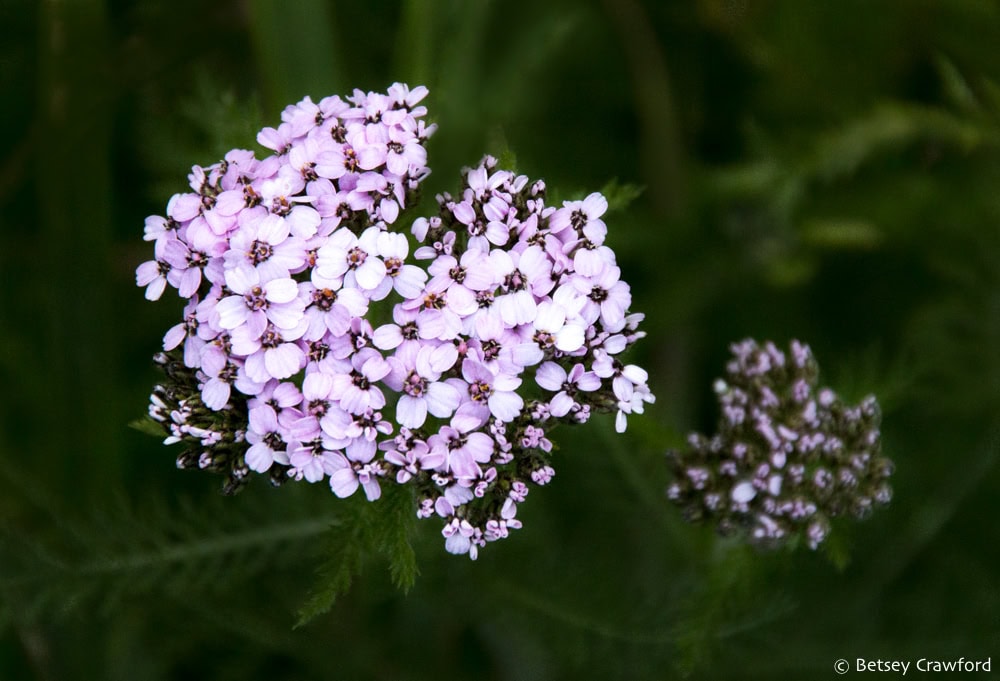
~ RELATED POSTS ~
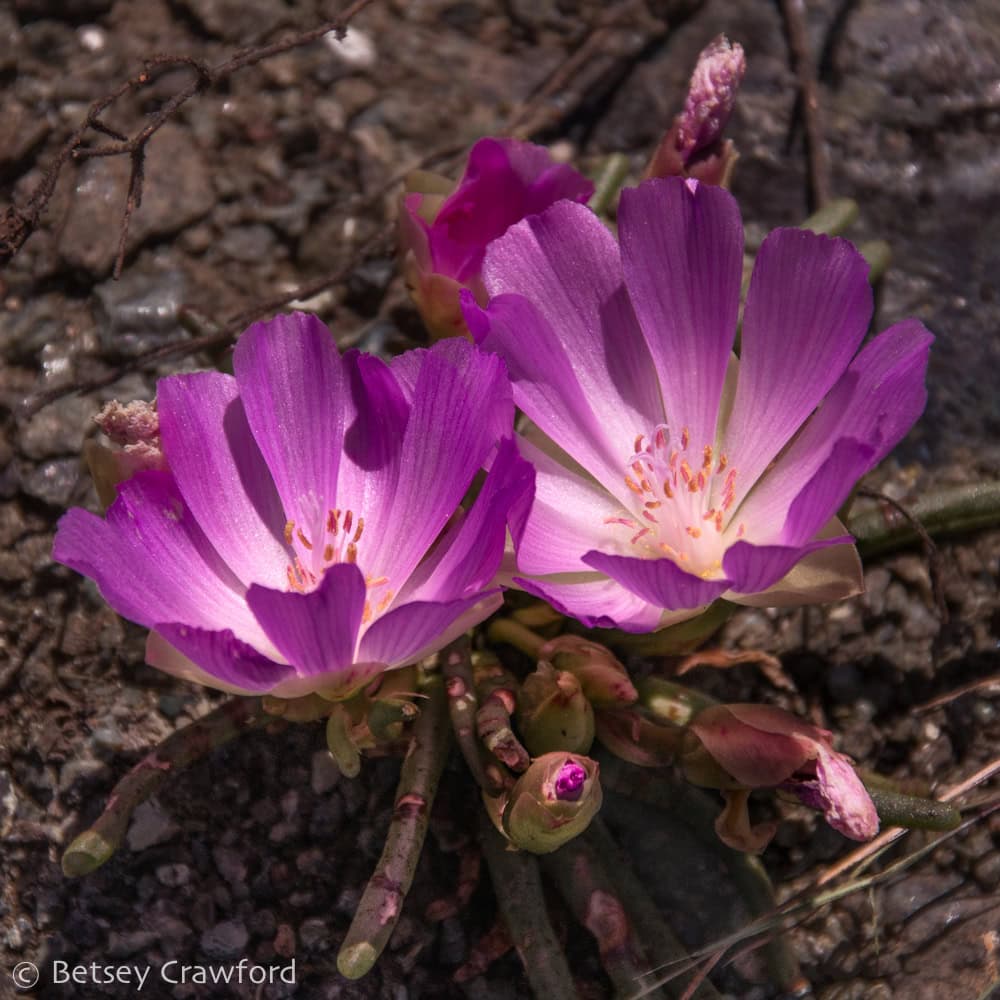
LIVING ON THE LEDGE: INGENIOUS BITTERROOT
This is a story about a difficult and fascinating terrain, a beautiful, adaptable flower, and a maddening claim. There are thousands of such stories in the intertwined history of humans and plants.
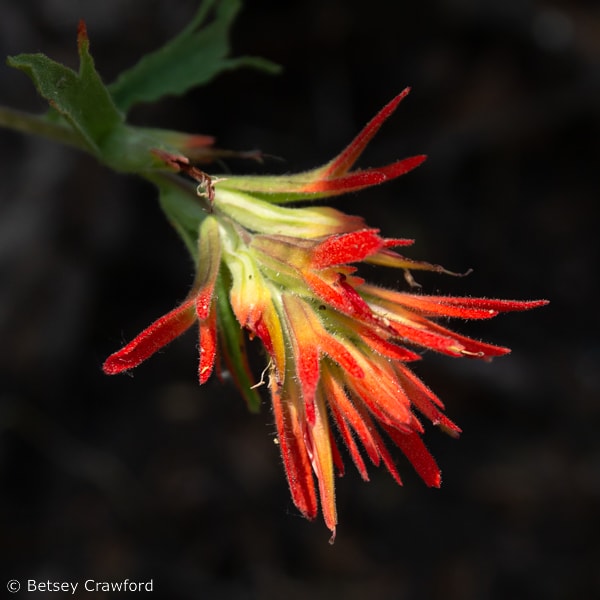
BEAUTIFUL VAMPIRES: THE CASTILLEJA GENUS
Gorgeous parasites, the Castilleja genus is both radiant and smart, with roots that read their neighbor’s presence, and head over to borrow nutrients. They bring up a fascinating question: what do plants know?
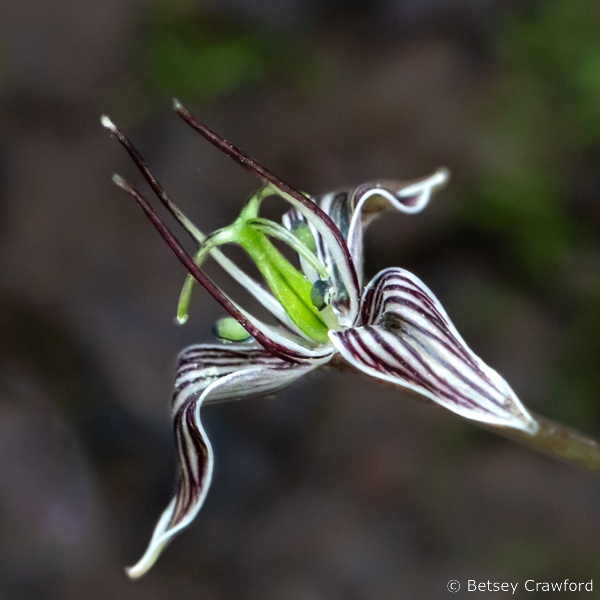
STALKING THE ELUSIVE ADDER’S TONGUE
First, seeing the leaves scattered throughout the forest, I thought the plant would one day show a flower. It took a few patient years before I saw my first. Then, as happens with quests, the end was the beginning of the gifts.
This was so very interesting! I had yarrow mixed into my perennial garden in CT – but I always thought of it the way one thinks of baby’s breath in a bouquet of roses – just there to compliment the “pretty” flowers.
In SC we have a “real” spring…a month or more of glorious flowers…warm but not hot weather…crepe myrtles that bloom forever. ( Even in Febuary we have camilias blooming!)
I hope you continue to enjoy your adventures…this past year I was fortunate to be able to see Carol a lot as she worked on her brother’s estate and discovered a whole different side of Folly Beach and SC.
Best,
Kathy
I smiled at your description of yarrow as there to “compliment the pretty flowers.” Poor yarrow! I was surprised, when I went looking for photos to accompany the post, at how pretty some of them were. Many things, close up, are beautiful. A lesson on any number of levels!
Stunning photos, Betsey, for which I’m deeply grateful in this tumultuous year.
Thanks so much, John. If I can do anything to make this year a little more bearable, I’m delighted.
Betsey–Exquisite. Very knowledgeable and exciting. Thank you.
Doreen
Thank you so much, Doreen.
I hope you are so happy doing this. It seems to me that your journeys in wheels and on foot, with the resulting essays, are fulfilling both to yourself and to being able to use your exquisite talents, in photography and, as I’ve always known, writing. So much love, Judith
So much love back to you, Judith. Yes, I’m so happy doing this.
So wonderful to stop and appreciate you and your blog post in this busy world. Beautiful work, Betsey.
Irene
Thanks, Irene. Lovely to have you stop by.